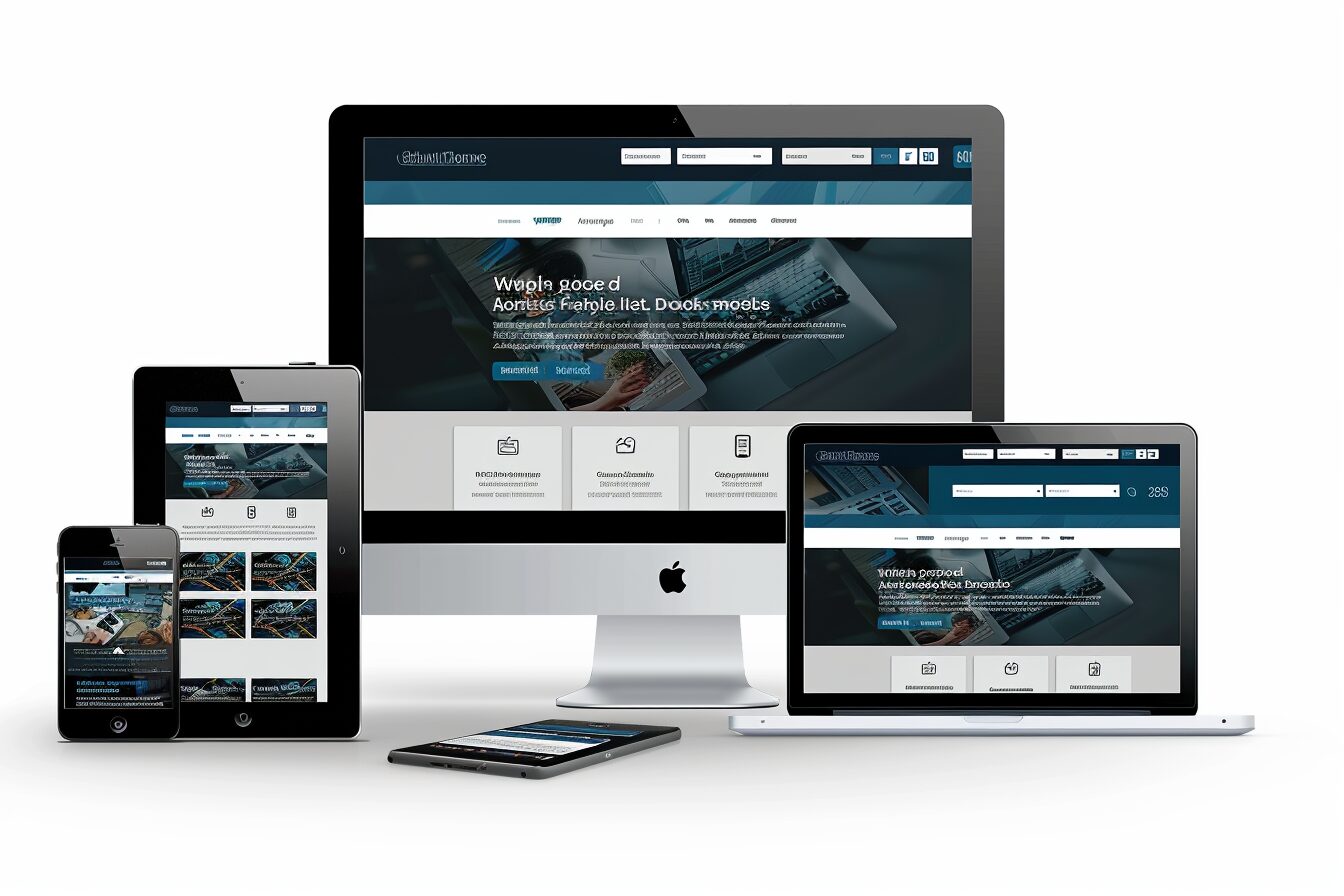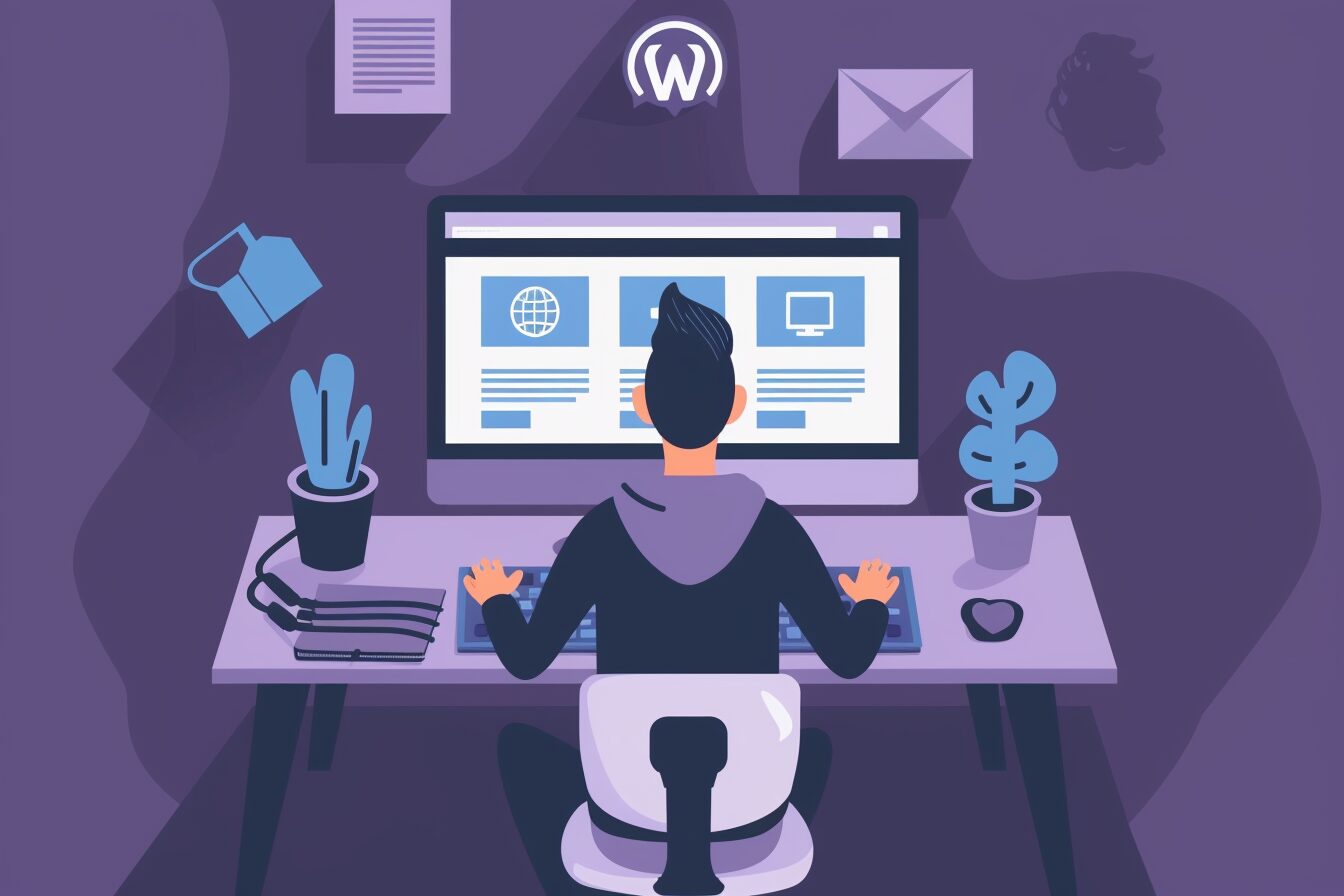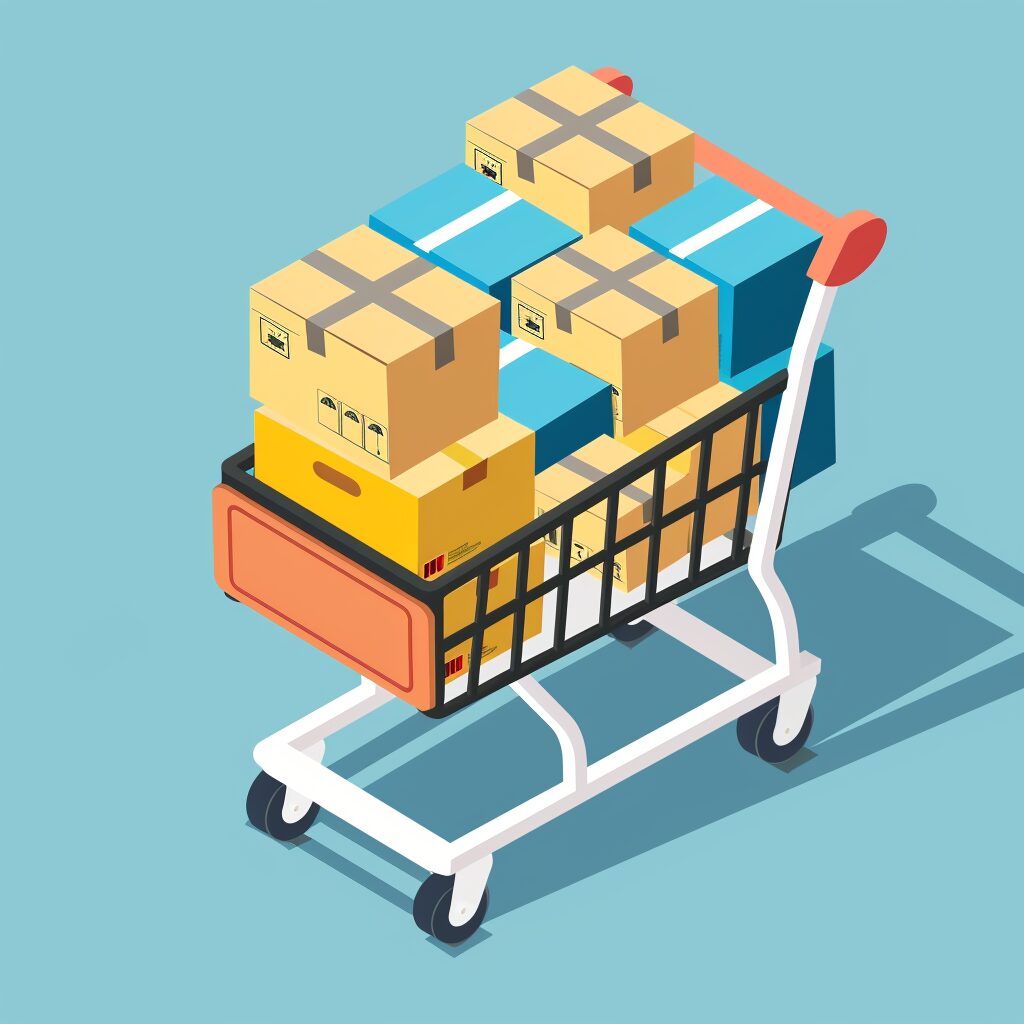Understanding the Basics of WooCommerce
As the world’s most popular open-source eCommerce platform, WooCommerce extends beyond the constraints of traditional eCommerce solutions by seamlessly combining premium web content with an expansive, customizable store interface. Built on WordPress, it leverages the robustness and versatility of the world’s most popular content management system. WooCommerce truly benefits from WordPress theme creators and developers due to its user-friendly interface, which allows even the most novice users to establish an online store in minutes.
One of the core advantages of WooCommerce is its powerful adaptability. This platform’s inherent flexibility offers endless opportunities for customization, allowing business owners to tailor their online stores to meet specific needs and preferences. Unlike other solutions, WooCommerce is fully open-source, meaning there are no limiting ‘off-the-shelf’ setups. Instead, each business can design a unique customer interface, influencing the look and feel of their online store and how the customers interact with the products and services on offer. By leveraging the power of the WordPress ecosystem and its various plugins, businesses can have a scalable and versatile eCommerce platform that evolves with their needs and goals.
Choosing the Ideal Hosting Service for WooCommerce
Identifying a suitable hosting service for your WooCommerce store is crucial for the optimum operational efficiency of your online business. The performance, reliability, and security of your e-commerce site largely depend on the hosting service choice. Therefore, serious consideration must be given to selecting a hosting provider that can effectively meet the unique demands of a WooCommerce store.
When selecting a hosting service, the key factors to consider include but are not limited to server performance, customer support, scalability, and security features. A competent hosting service should be capable of handling high traffic, providing stellar uptime, and offering easy scalability as your e-commerce business expands. Furthermore, it would also offer robust security settings to safeguard against potential cyber threats. Seeking a provider with proficient customer support can also prove invaluable for troubleshooting potential hosting issues.
Installing WooCommerce on Your WordPress Website
Once your WordPress website is up and running, the first step towards creating an online store is the installation of WooCommerce. This popular e-commerce plugin features a simple installation process that even beginners can easily navigate. To begin, go to your WordPress dashboard, navigate to the Plugins section, and click “Add New”. In the search box, type “WooCommerce” and hit the enter button. Upon locating the WooCommerce plugin, click the “Install Now” button and begin the installation process.
During the installation, WordPress will download and install the WooCommerce plugin automatically. An activation prompt appears once the installation is complete. By clicking the “Activate” button, WooCommerce will be ready to use on your WordPress website. After activation, a setup wizard opens to guide you through the process of configuring basic WooCommerce settings. This includes store details, currency options, payment gateways, and shipping methods. This guided step-by-step setup provides an easy way for new users to configure the essential features of their online store.
Configuring Initial WooCommerce Settings
Upon installation, it is essential to initially configure your WooCommerce settings correctly to ensure optimal functionality. As an advanced, free eCommerce plugin, WooCommerce provides a myriad of settings related to products, tax, shipping, payments, accounts and privacy, emails and advanced options that must be configured to align with the business model of your online store. Quick settings, guided by a setup wizard, are available after installation, providing users with a reliable base configuration. Still, a more in-depth visit to the settings section is necessary for full customization.
In the WooCommerce settings section, store details like address, currency, and selling locations, among other specifications, will be set in the general tab. This will be followed by the product tab, where product specifications, ratings, and inventory management details are configured. Additionally, tax settings should be properly regulated to ensure legal compliance and a satisfactory customer experience. It is also vital to ensure that shipping, payment methods, accounts & privacy settings are configured to match the business’ unique operational requirements. Likewise, email and advanced settings demand attention since the former carries the correspondence related to orders, and the latter consists of key configurations such as page setup, REST API, webhooks and more.
Creating Product Categories in WooCommerce
Product categorization is pivotal in setting up any online store, and WooCommerce is no exception. Having well-defined categories helps in seamless navigation, allowing customers to find desired products easily. Surprisingly, the process in WooCommerce is quite straightforward. After installing WooCommerce on a WordPress website, accessing the Products section on the dashboard will uncover a ‘Categories’ subsection. This area serves as the workspace for managing product categories.
When adding a new category, it’s beneficial to think and plan. As in a physical store, disorganised or confusing categories can lead to a poor shopping experience. It’s crucial to enter a name for the category and a unique slug, typically a URL-friendly version of the name. Additional details such as the display type (products, subcategories, or both), and the upload of a thumbnail image enhance the appearance and functionality of each category. The ‘Add new category’ button will finalise the process, permitting the organization of products in an efficient, consumer-friendly manner.
Adding Products to Your WooCommerce Store
One of the fundamental steps in setting up your online store with WooCommerce is undoubtedly the addition of products. The process is relatively straightforward, even for novices, and allows for a fair amount of customization. Initially, you must navigate to the ‘Products’ section within the WooCommerce tab. Here, you will find the ‘Add New’ product option, where you can begin entering information about your product. This includes the title of the product, a detailed description, and the setting of a product image.
Depending upon the nature and diversity of products in your store, you’re likely to encounter variables. These could range from different sizes, colours, or other specific matters related to your products. WooCommerce is designed to handle these product variants efficiently. It allows for creating attributes for each product, from which variable products can be derived and priced separately. This ensures a seamless shopping experience for your customers, efficiently providing them with essential product choices.
Setting Up Payment Gateways for WooCommerce
Payment gateways for WooCommerce stand as a crucial component of an online store as they facilitate the processing of transactions for customers. There are a variety of payment gateways WooCommerce supports, such as PayPal, Stripe, Authorize.Net, SecurePay, Square and more. However, the ideal gateway would depend on the country where the business operates, the preferred payment methods of the customers and the compatibility with the chosen eCommerce platform.
When setting up the payment gateway, ensuring it aligns with business practices and provides a smooth user experience is crucial. To integrate a chosen payment gateway with WooCommerce, navigate to the WooCommerce settings from the WordPress dashboard, and select the ‘Payments’ tab. The list of supported payment gateways will appear, and you can then enable the chosen gateway, followed by entering required gateway-specific settings such as API keys. Remember, though, that customers value speed and security. So, opt for a gateway that protects their financial data while ensuring efficient checkout processes.
Incorporating Shipping Options in WooCommerce
Shipping alternatives are integral to the success of an e-commerce setup like WooCommerce. These options significantly determine the customer experience, influencing their choice to either abandon the cart or proceed to checkout. With WooCommerce, you can seamlessly set up domestic, local, and international deliveries, free shipping, flat rates or define rates based on product weights and dimensions. Notably, the kind of shipping alternatives you provide should align with your business model and the preferences of your target customers.
On the technical side, WooCommerce allows the inclusion of multiple shipping methods via Shipping Zones. Each zone can be associated with specific shipping methods, including ‘Flat rate’, ‘Free shipping’, and ‘Local pickup’. Many extensions offering advanced features are also available for more complex shipping requirements. These comprise real-time calculations for express deliveries, table rate shipping, and shipping classes. Exploring these features to find what best serves your business needs can optimise your WooCommerce operations.
Designing an Attractive WooCommerce Storefront
When it comes to building your WooCommerce storefront, aesthetic appeal and ease of navigation are imperative. They are the twin aspects that initially catch the attention of site visitors, potentially converting them into customers. As such, it is essential to incorporate a theme that aligns with your brand’s guidelines and resonates with your target audience. WordPress offers several WooCommerce-compatible themes, some free, others premium. The choice of theme should incorporate factors like user experience, SEO compatibility, loading speed, responsiveness, and compatibility with various plugins.
Adding to the appeal of your storefront goes beyond choosing a theme. It also entails customizing the chosen theme to reflect a unique and engaging customer experience. This includes the layout of products, choice of colours and typography, graphic elements, and other specifics that give your store that unique feel. Keep the checkout process simple and easy; complexity may dissuade potential customers. Moreover, ensure your e-commerce website is mobile-friendly since many online shoppers access online stores via smartphones and tablets. This will require proper testing to rectify any layout or functionality issues that may arise on different device screens.
Optimizing Your WooCommerce Store for Better Performance
Enhancing the performance capacity of your WooCommerce Store is a cardinal aspect that should not be overlooked. Increasing site load speed improves user experience and contributes significantly to the overall success of the online store. Various performance practices could be deployed. These include regularly updating all plugins and themes, using a good cache plugin, compressing images for web use, and using a Content Delivery Network (CDN).
Fundamentally, it is also essential that the products in the WooCommerce store are well organised. This ensures an easily navigable site for the visitors which, in turn, enhances the overall user experience. Keep the WooCommerce schema updated and routinely audit the performance. Lastly, consider using a quality hosting service specifically optimised for WooCommerce, since the hosting plays a significant role in operational efficiency and management. A well-optimised WooCommerce store not only guarantees a seamless shopping experience for the customers but also enhances the online store’s visibility, thus contributing to sales increment.











